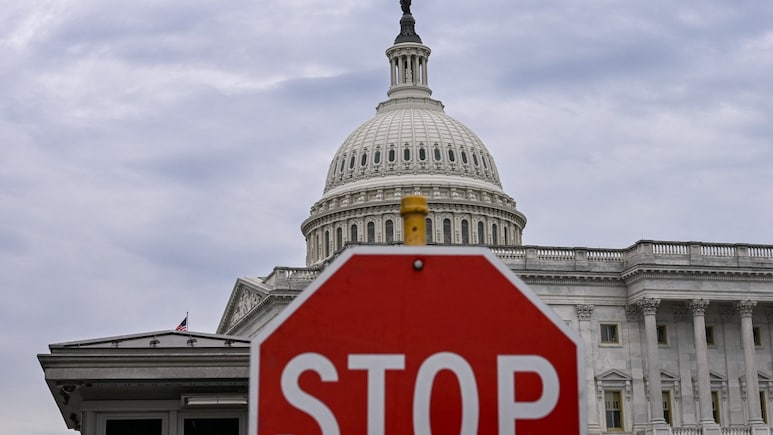
The US Department of Agriculture (USDA) has warned that federal food aid will stop on November 1 as the government shutdown drags into its fourth week with no resolution in sight. The notice says the Supplemental Nutrition Assistance Program (SNAP), which helps one in eight Americans afford groceries, will suspend payments unless Congress ends the budget stalemate.
The Donald Trump administration has also declined to use $5 billion in emergency funds to keep SNAP running through November.
Why The Government Shut Down
The shutdown began on October 1, when Republicans and Democrats failed to agree on a new federal budget. In the US system, Congress must pass a spending bill every year for the President to sign into law.
Republicans currently control both chambers of Congress, but in the Senate, they fall short of the 60 votes needed to pass the funding bill.
Democrats want the budget to include:
- Tax credit extensions to keep health insurance affordable,
- Protection of Medicaid, a health programme for low-income and elderly Americans,
- And a halt to cuts in government health agencies.
A stopgap measure to avoid the shutdown passed the House, but failed in the Senate.
On October 1, the US entered its first shutdown in nearly seven years.
What's Affected, What's Still Running
Not all government services stop during a shutdown. Essential services continue, but most employees aren't being paid until the government reopens.
Operating as usual (but unpaid):
- Border protection and law enforcement
- Immigration and Customs Enforcement (ICE)
- Hospital medical staff
Severely affected:
- Air travel: Thousands of flights have been delayed or cancelled due to a shortage of air traffic controllers.
- Federal workers: 1.4 million employees are either on unpaid leave or working without pay.
- Research and grants: Projects at agencies like the National Institutes of Health are on hold.
- Contractors: Many small businesses relying on federal contracts have lost income.
- Food aid: SNAP funds are running out, affecting 41 million Americans.
- Schools and childcare: Some federally funded programs like pre-schools are closed.
- Tourism: National parks and landmarks, including Alcatraz Island and the Washington Monument, are shut.
Still operating:
- Mail delivery (the Postal Service is self-funded).
- Social Security and Medicare payments (though support services are limited).
- Members of Congress continue to receive paychecks.
What Happens Next?
Senate Majority Leader John Thune has said both sides remain "dug in," NPR reported. So far, 11 votes to reopen the government have failed in the Senate.
Track Latest News Live on NDTV.com and get news updates from India and around the world

